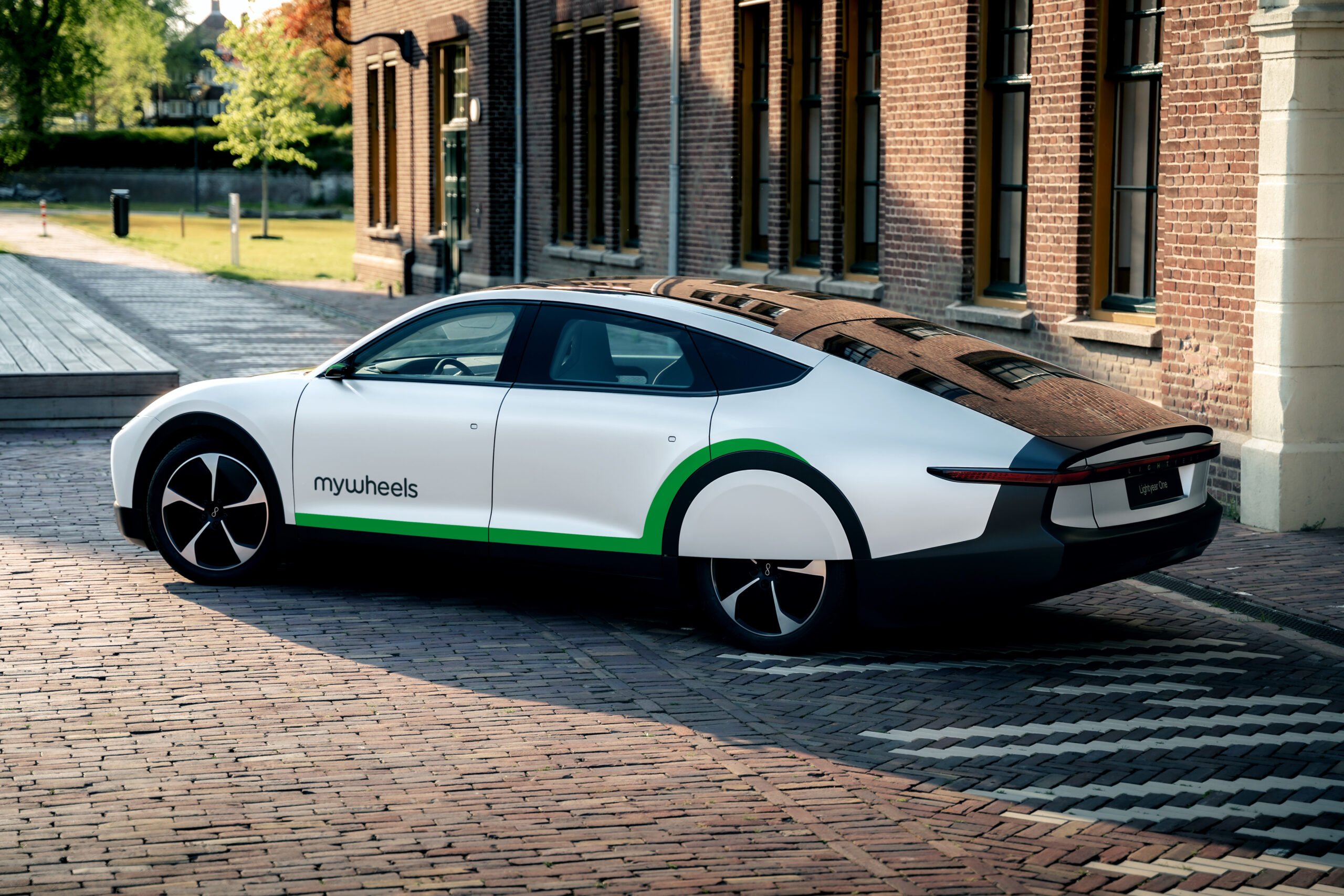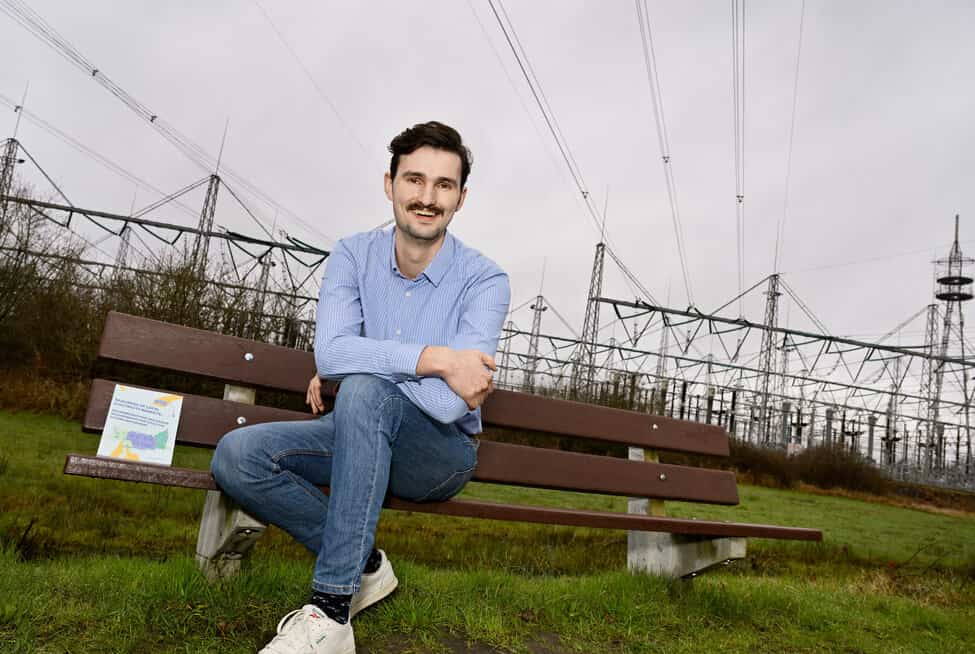
Hyper-efficient e-cars, such as the solar car from Lightyear, can reduce the burden on the energy grid. Yet far from all electric cars nowadays can be considered efficient. Is it time for an energy label as a way to inform consumers, similar to the energy labels on buildings or refrigerators? “We desperately need that incentive. If everyone starts driving a heavy electric SUV, then that is far from ideal,” says Auke Hoekstra, senior advisor electric mobility.
Wind turbines, solar panels and electric cars: the green transition demands renewable sources. However, this is causing the electricity grid in the Netherlands to become overloaded. Too much electricity is being generated at peak times. Consequently, grid operators have been forced to declare a connection ban in some places for the time being.
Recently, Lightyear commissioned PwC Strategy and Stedin to conduct a study on how hyper-efficient cars can alleviate the strain on energy infrastructure. This proved to be clearly the case. In the scenario in which 20 percent of the Dutch vehicle fleet is made up of hyper-efficient electric cars by 2040, a total €2.2 billion less in funding would be needed to be spent from 2022 to 2040 on grid reinforcements.
An energy label for e-cars
Tom Selten, VP of Business Development at Lightyear: “In this study, we turned off the solar roof of the Lightyear, as it were. We looked purely at how much electricity the car uses. This revealed that you can save a tremendous amount of power, and therefore money, compared to regular electric cars. That’s because of how we have designed our car: The Lightyear is 50 percent more efficient compared to other e-cars. For example, it doesn’t accelerate at extremely fast speeds. Since it uses less energy, it does not require as much investment in energy infrastructure, and if you turn on the solar panels, you unburden the grid even more.”
Lightyear hopes that the study will encourage the Dutch government to consider energy labels on e-cars. “We call on politicians to start thinking about this. Not only to promote the purchase of electric cars, but also to help guide consumers in making a choice between the different types of cars. Currently, you get just as much subsidy on an energy-efficient variant as on a variant that consumes an awful lot of electricity. That has to change.”
A heavy SUV
“It definitely is good news that e-cars like the Lightyear are helping to decongest the grid,” Hoekstra points out. This is why he is also in favor of rolling out an energy label. “People at the moment don’t care very much about how economically an e-car actually uses its energy. In fact, when people start driving electrically, the danger is that they might even care less. After all, the price you pay per kilometer is incredibly low.” So it is time to start thinking about those energy labels and also about taxing electric cars based on their weight? Like Auke says: ‘If everyone starts driving a heavy electric SUV, then that is far from ideal.”
Bidirectional charging
Also, there are more ways that the Lightyear is helping to relieve the electricity grid. The ability of the e-car to charge bidirectionally is another way it can help. This is the case when, in addition to being able to recharge electrically, the car is also able to serve as storage for green energy.
The power grid peaks at certain times, but at other times, there is a need for the generation of green energy. “You can liken the Lightyear to a kind of battery on wheels. Suppose the car is parked outside your door for a couple of days in the summer. Even if you’re not on the road then, it is still able to supply green electricity to the grid, which is generated by the solar panels on the roof.” Nevertheless, as Hoekstra admits, a home battery that is specially designed to store a large amount of energy is still more efficient. “Hyper-efficient cars should not be too heavy and so the battery is often lighter. That in turn is a disadvantage.”
In spite of this, energy labels and the extra tax for heavy e-cars should be in place regardless, Hoekstra says in conclusion. “But you have to level things out. So, of course, that incentive should then also be extended to polluting cars fuelled by diesel or gasoline.”








